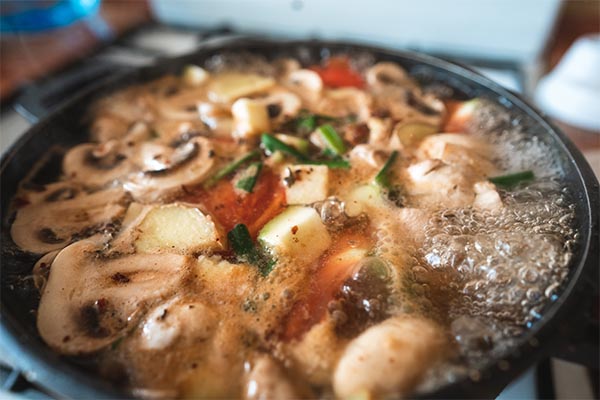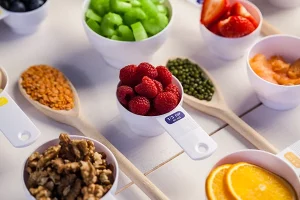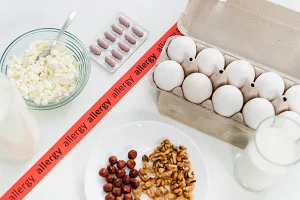What is Moisture Loss?
Moisture loss is a naturally occurring phenomenon normally present in the cooking and preparation of food. If you’ve ever left a piece of meat or fish in the oven for too long, you’ll have noticed that it becomes dry, like a piece of leather.
Moisture Loss itself can even be desirable in the processing and cooking of food: Beef Jerky is an example of a type of food produced by the removal of moisture from meat. It was, and sometimes still is, used to preserve foods long term, also known as dehydrated foods.
However, when this moisture loss occurs, the nutritional value of food changes, and when creating nutrition labels, it’s important to take it into account.
Moisture loss typically occurs in these types of foods:
- Baked goods
- Sauces, soups and syrups
- Smoked meats
- Freeze-dried products
- Foods that naturally experience heating evaporation and reduction
Moisture loss can be complex, given that it occurs naturally in the process of creating many of the above items. For instance, when baking bread from scratch, the dough naturally loses moisture as a result of the baking and cooking. Removing moisture from freeze-dried products and smoked meats is intentional, as that is part of the process and appeal of the food.
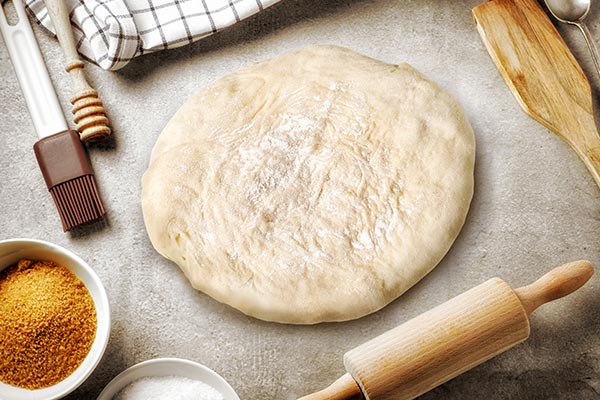
How is Moisture Loss & Nutrition Calculated?
There are a few different ways to calculate moisture loss, so you can ensure that the nutritional value of your recipes is accurate.
Read more: How to Operate in the New Post-COVID Era
Manual Methods
Moisture content can be reported on either a wet or dry scale:
- For wet products, the amount of water is divided by the total weight of the sample (solids + moisture).
- For dry products, the amount of water is divided by the dry weight (solids only).
It’s important to calculate the moisture content as is before you begin any kind of cooking process. This will allow you to measure how much moisture was lost after the fact. These processes are classified as either direct or indirect measurement methods. An example of a direct method would be physically removing the water from the food product. This can be done through processes such as distillation and drying. Then, you would measure the product to see the impact. This method offers the most reliable results but can be time consuming.
Indirect methods, on the other hand, do not involve removing water from the food product. Rather, it involves measuring the food as the moisture content changes. This could be from baking, for example.
Calculating the change in yield factor is one critical part of calculating the moisture loss. The other component is the impact on the nutrition of the recipe. Heating food causes both water loss and nutrient loss. Retention factors refer to the nutrients retained throughout the cooking process. Manual methods for this may involve manual calculations based on nutrient loss factors. Alternatively, the food item could be sent to a lab. Both of these options are time consuming and costly.
Read more: Bitesize: Does Menu Labelling Work?
Nutrition Analysis Software
With nutrition analysis software, ingredients are available from government databases such as the USDA or Canada Health. The ingredients found in the database are already chemically analysed foods that can be combined in a recipe to calculate the nutritional composition. Within the database are both raw and cooked food items. For the cooked items in the database, the nutritional changes due to moisture loss are already accounted for. This is the simplest way to obtain a nutrition analysis for a recipe in which ingredients undergo a cooking method that results in moisture loss.
If the cooked ingredient is not available in the nutrition database, it is possible for the nutrition analysis software to calculate the change in nutrition by entering a cooking method. The software will calculate the nutrient changes of each ingredient in a recipe providing an accurate nutritional profile for the recipe.
Read more: Responding to COVID-19
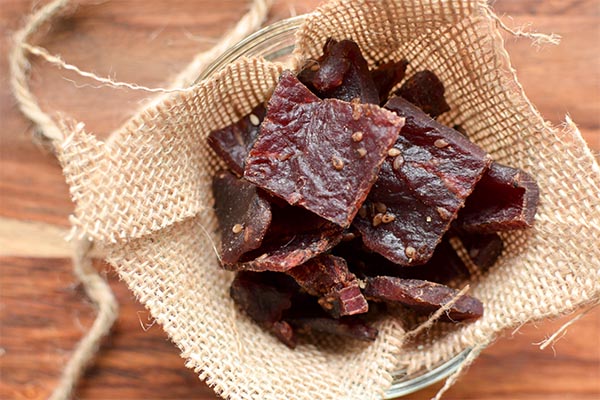
How different cooking methods affect Moisture Loss
Different cooking methods will have different effects on moisture loss. Examples of different cooking methods include:
- Cooked by dry heat
- Cooked by moist heat
- Cooked with fat or oil
- Cooked by microwave
- Method of heating container
- Reheated
- Scalded or blanched
Here you can consider retention factors for the food you are cooking. These different cooking methods impact nutrient retention in different ways.
Read more: Operating in a Post-COVID World with Jo-Ann McArthur of Nourish Marketing
Advantages of using MenuSano to calculate Moisture Loss for Recipes
Calculating moisture loss can be complex, especially if it is done so manually. Gathering the right information to calculate the loss for each cooking time can be a granular process and difficult to determine accuracy. This has a heavy cost both in time, and monetary value. Enter MenuSano – an affordable, time-saving software that will make calculating moisture loss an efficient, accurate and successful process. MenuSano is a one-stop-shop, allowing you to remove the manual process of weighing moisture loss or, even more time-consuming, sending food items to a lab to be analyzed.
Read more: A Conversation with Chef Luciano Schipano
How to make Moisture Loss Calculations Simple
Based on the above, it is clear that accounting for moisture in food can get pretty complex, enhancing the value of a nutrition analysis software.
There are numerous methods to remove moisture that you should be aware of, and understand how each method works in relation to specific food items. It is also important to understand how to calculate moisture loss, and how it impacts food composition and overall nutritional value.
MenuSano, a nutritional software and online nutrition calculator, provides an affordable, flexible, user-friendly solution that can assist with this process. Additionally, it was designed to be compliant to as to align with the standards set by Canada and USA industry legislators and is continuously updated to maintain its compliant status.
- Our nutrition label templates are in the new Canadian and USDA formats
- The MenuSano uses the Canadian, USDA, and UK PHE databases
- Ability to add dietary statements to labels such as Gluten Free, Vegan, Nut free, and many more
- Option to add your ingredients list to labels

